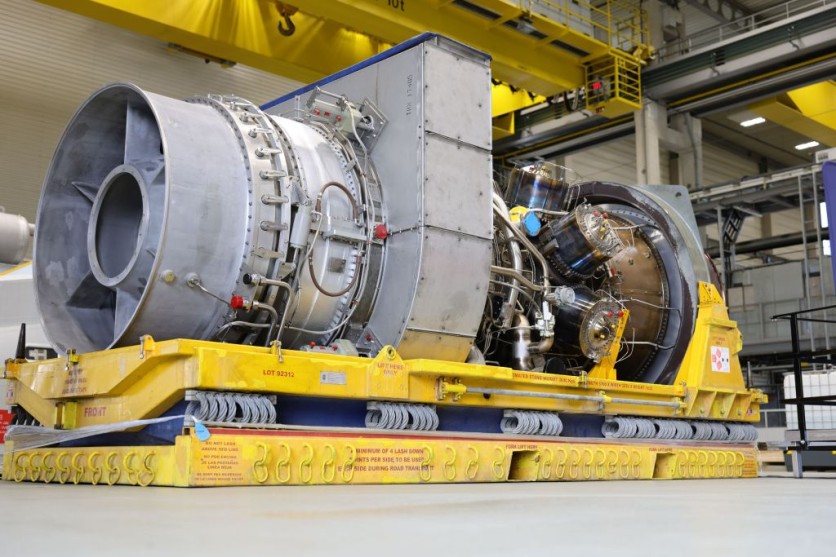Russia's Nord Stream gas pipelines, which provide the majority of Europe's natural gas, have developed leaks following apparent explosions, raising the suspicions that the machinery was purposefully harmed as part of an uptick in the country's war with Ukraine.
According to the Wall Street Journal, the pair of pipelines serve as the primary conduits for Russian natural gas between Europe and Germany, and subsequently, the rest of Western Europe.
They have also been at the center of the ongoing conflict in Ukraine, with Russian President Vladimir Putin reportedly using the pipelines and the vital energy they provide as leverage against European Union sanctions.

Europen Leaders Suspect Sabotage
According to the WSJ, European officials are looking into the leaks as leaders raise the possibility of sabotage.
Without providing any supportive evidence, Mateusz Morawiecki, the prime minister of Poland, claimed that the pipes had been deliberately sabotaged. Strangely, both the presidents of Denmark and Russia stated that sabotage might be the problem's primary cause.
WSJ reported that the Swedish Maritime Administration (SMA) earlier on Tuesday disclosed that it had discovered a total of three gas leaks in Danish and Swedish waters close to a small Baltic island.
The organization advised pilots to maintain a minimum of 1,000 meters above the location of the leaks and advised sailors to maintain a distance of five nautical miles or more from the Swedish island.
According to Bloomberg, a German security official claims that a purposeful act rather than a technological error is the culprit behind the leaks. Seismologists in Sweden discovered two explosions on Monday, the first of which happened at 2:03 a.m. and the other one at 7:04 p.m. local time.
Seismologist Peter Schmidt of Uppsala University in Sweden, the explosions matched the coordinates of pipeline leaks.
Read Also : The US Warns Russia of 'Catastrophic' Repercussions if it Uses Nuclear Weapons Against Ukraine
Stream 1 and 2
The Nord Stream 1 and Nord Stream 2 pipelines make up the entire network, which spans 2,456 kilometers (1,526 miles) beneath the Baltic Sea. The yearly capacity of Nord Stream 1 is 55 billion cubic meters (1.9 trillion cubic feet), whereas Nord Stream 2 has not yet started up but is e more than double this amount.
Although neither pipeline was in use when the leaks started, they did contain natural gas, which caused some portions of the Baltic Sea's water to bubble. The F-16 interceptor reaction unit of the Norwegian Armed Forces was the first to discover the leaks.
There have been previous disputes between Germany and Russia over the Nord Stream project, such as when Germany prevented the Nord Stream 2 pipeline from being activated last February because of the Russian invasion of Ukraine.
According to reports, Nord Stream 1's throughput was reduced to 20% of its maximum capacity in July by Gazprom, the state-owned company that holds the majority of Nord Stream's shares.
Related Article : Richest Man in Ukraine is Helping His Country's War Against Russia by Producing Portable Steel War Shelters
This article is owned by Tech Times
Written by Joaquin Victor Tacla




